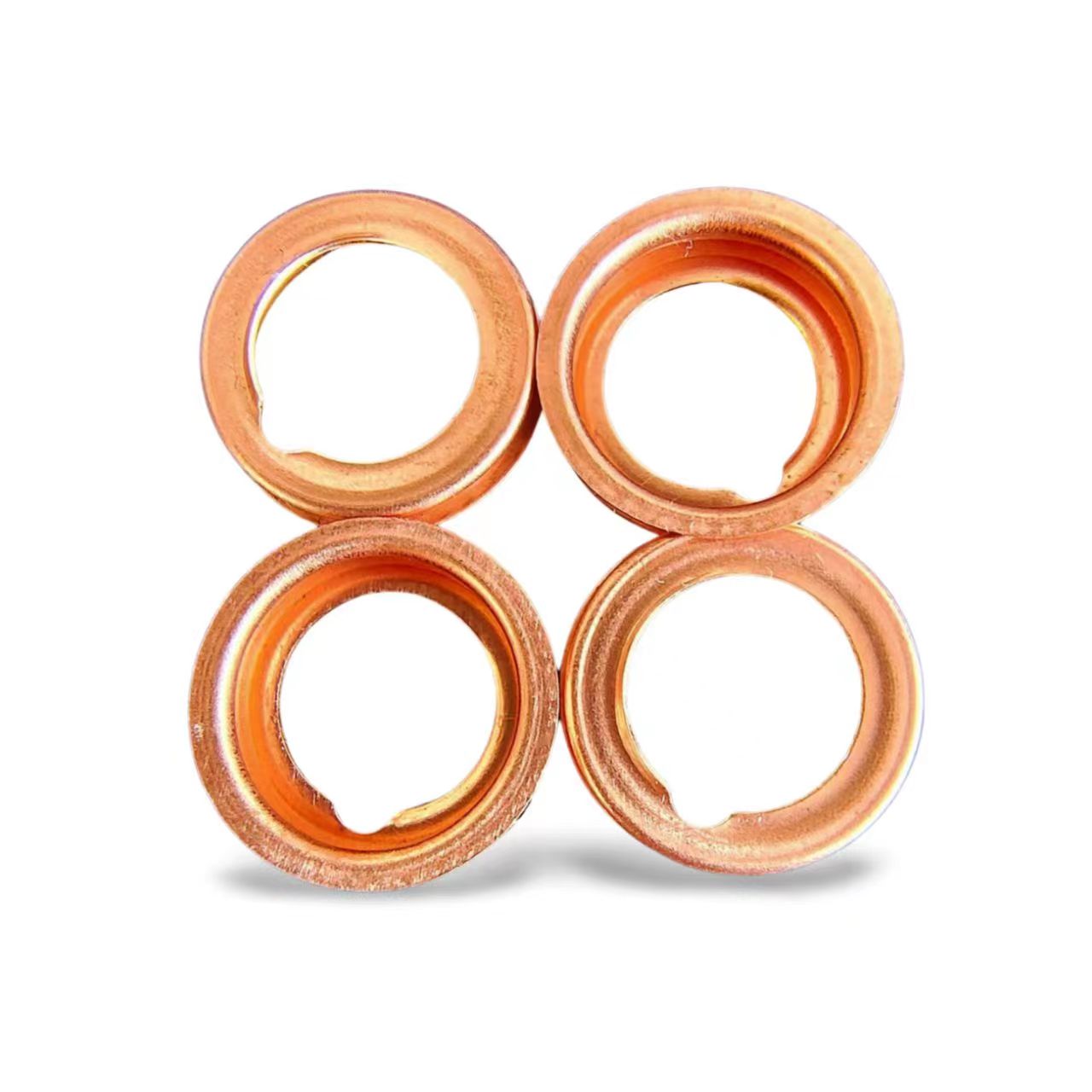Exploring the Importance and Functionality of Engine Crankshaft Seals in Automotive Performance
Understanding Engine Crankshaft Seals Importance, Function, and Maintenance
The engine crankshaft seal is a crucial component in the internal combustion engine, playing a pivotal role in ensuring the overall efficiency and longevity of the engine. Positioned at the front and rear of the crankshaft, these seals prevent oil leaks, maintain pressure within the engine, and protect against contaminants entering the crankcase. Given their importance, it’s essential for vehicle owners and mechanics alike to understand their function, potential issues, and maintenance.
Function of Crankshaft Seals
At its core, the crankshaft seal functions as a barrier that keeps engine oil contained within the crankcase while preventing external contaminants from entering. The crankshaft operates at high speeds, and as it rotates, it creates a dynamic environment that can cause oil to escape. The seal must withstand not only the pressure generated by the engine's operation but also the varying temperatures that come from engine heat and cooling cycles. There are typically two crankshaft seals in an engine one at the front, which usually seals against the harmonic balancer or timing gear, and one at the rear that seals against the transmission or flywheel.
The primary role of these seals is to keep the engine lubricated properly. Oil circulates throughout the engine, ensuring that moving parts are well lubricated to minimize wear and tear. A compromised seal can lead to oil leaks, resulting in a drop in oil levels that can severely damage the engine if not addressed promptly.
Common Issues Related to Crankshaft Seals
Crankshaft seals are made from durable materials designed to withstand high temperatures and pressures. However, like any component, they can wear out over time. Common issues related to crankshaft seals include
1. Wear and Tear Continuous exposure to heat and oil can cause the seals to degrade, losing their elasticity and ability to form a proper seal.
engine crankshaft seal

2. Oil Leaks One of the most noticeable signs of a failing crankshaft seal is an oil leak. If oil is pooling underneath the vehicle or if the oil level drops significantly, it may indicate that the seals are compromised.
3. Contaminant Ingress Damaged seals can also allow dirt and debris to enter the crankcase, leading to further engine wear and potential catastrophic failure.
4. Poor Engine Performance A leaking crankshaft seal can lead to a loss of pressure within the engine, resulting in poor performance, increased oil consumption, and potentially triggering warning lights on the dashboard.
Maintenance and Replacement
Regular maintenance is key to ensuring the longevity of crankshaft seals. Engine oil should be changed at intervals recommended by the manufacturer, which helps keep the engine clean and reduces wear on seals. Additionally, routine inspections can help catch any early signs of wear or leaks.
If a crankshaft seal does need to be replaced, it is advisable to have it done by a qualified mechanic. The process can be labor-intensive, often requiring the removal of significant components like the timing belt or transmission to access the seals. It is crucial to use high-quality replacement seals to ensure the best fit and durability.
Conclusion
In summary, crankshaft seals are vital in maintaining the efficiency and longevity of an engine. Understanding their function and being vigilant about potential issues can help vehicle owners avoid costly repairs and ensure their engines run smoothly. Regular maintenance, along with prompt attention to any signs of oil leaks or performance issues, will go a long way in preserving both the engine and the overall health of the vehicle.
-
Understanding Automotive Oil Seals: Essential Components for Engine and Shaft Protection
News Jul.30,2025
-
The Importance of Heavy Duty Seals in Industrial and Residential Applications
News Jul.30,2025
-
Exploring Industrial Oil Seals: From Felt Oil Seals to TTO and CFW Solutions
News Jul.30,2025
-
Essential Guide to Oil Seals: From Radial to Metal-Cased Seals for Industrial Reliability
News Jul.30,2025
-
Choosing the Right Oil Seals and Gaskets for Industrial and Automotive Applications
News Jul.30,2025
-
Cassette Seals: Durable Sealing Solutions for Harsh Environments
News Jul.30,2025
-
Understanding the Front Main Engine Seal: Purpose, Maintenance, and Installation
News Jul.29,2025
Products categories















